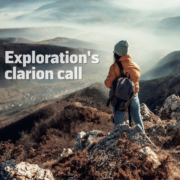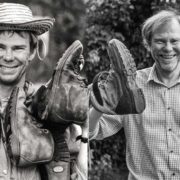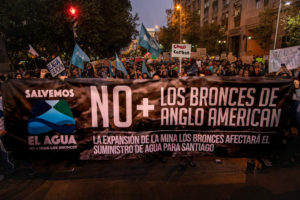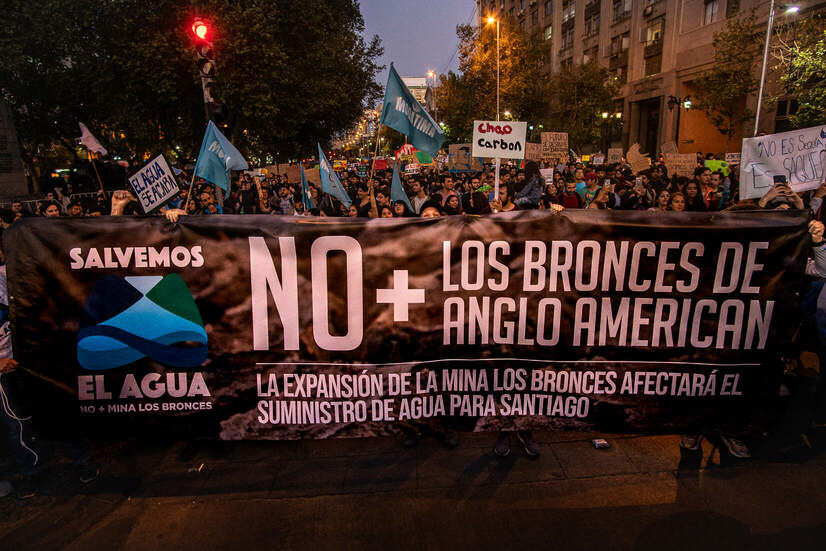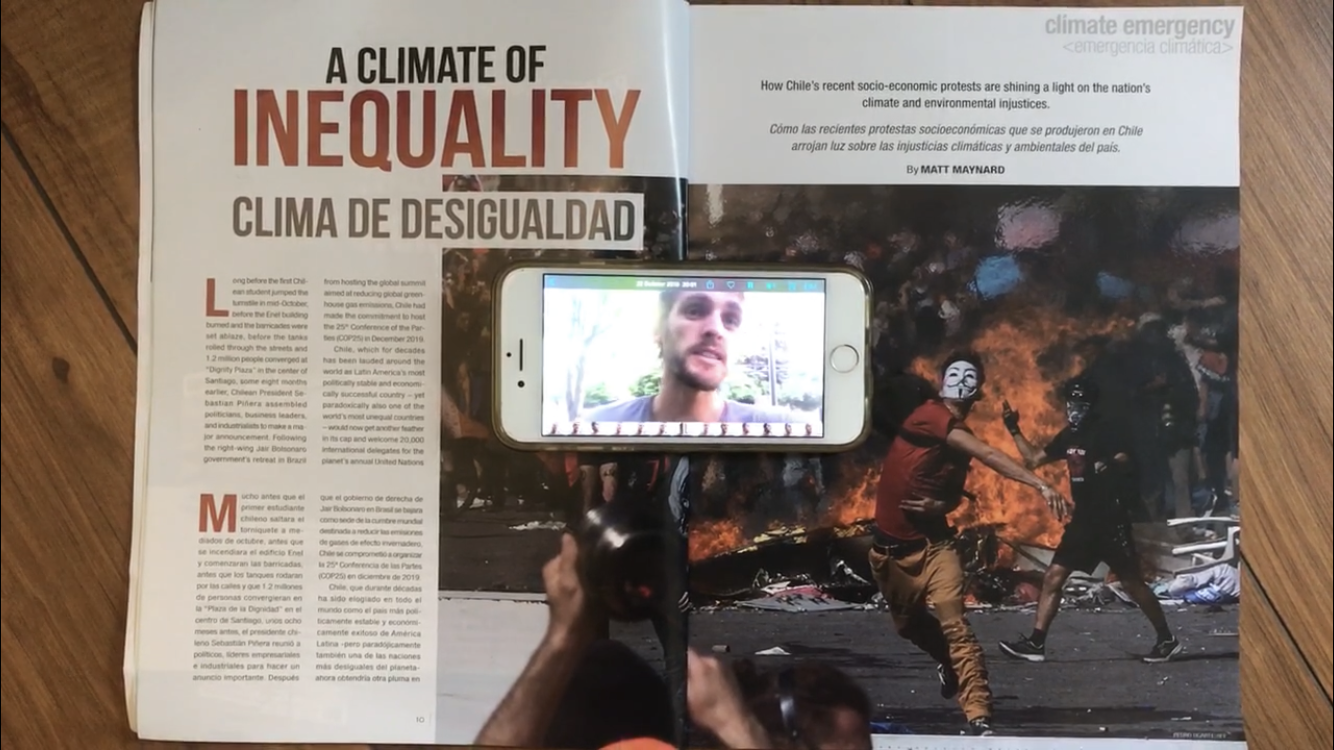Taking the ego out of adventure / Geographical
I wrote this feature story for @geographical_magazine recently, asking what expectation we should have of modern explorers in the wake of the climate and environmental crisis.
I got to interview both Ernest Shakelton’s and Neil Armstrong’s biographers about what role historical explorers of land, sea and space felt they had to report on its problems as well as its beauty on their return to civilisation.
I then turned to today’s explorers with the help of my friends at @shefadvfilmfest to ask if modern explorers are bringing back stories about our troubled planet as much as selfies.
The conclusion was that planetary advocacy by today’s adventurers is still in a nascent state, but the public appetite is growing. I think we are going to see a lot more expeditions into the world’s wild places in the coming years that put the planet rather than the self at the centre of the story.
GEOEXPLOREJUNE2021_GT 12.14.07 pm
—
#adventureactivism #enviroadventures#adventure #adventureforourplanet#enviornmentalism #freelancewriter

